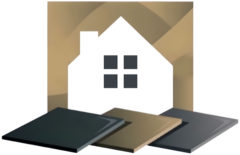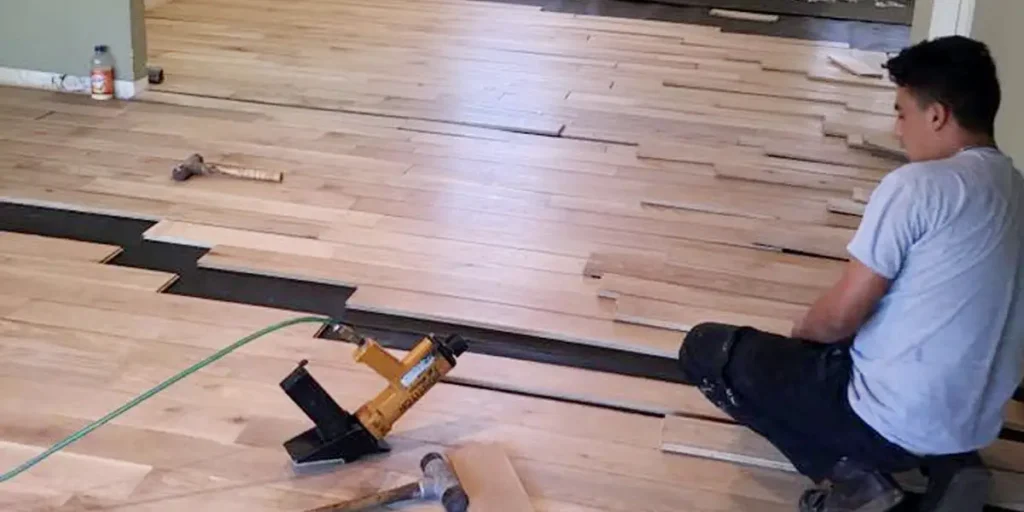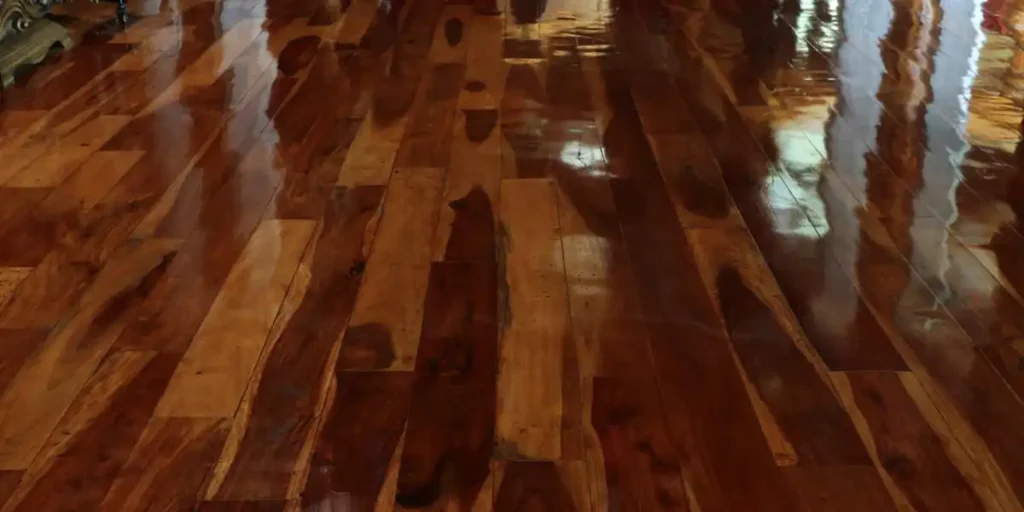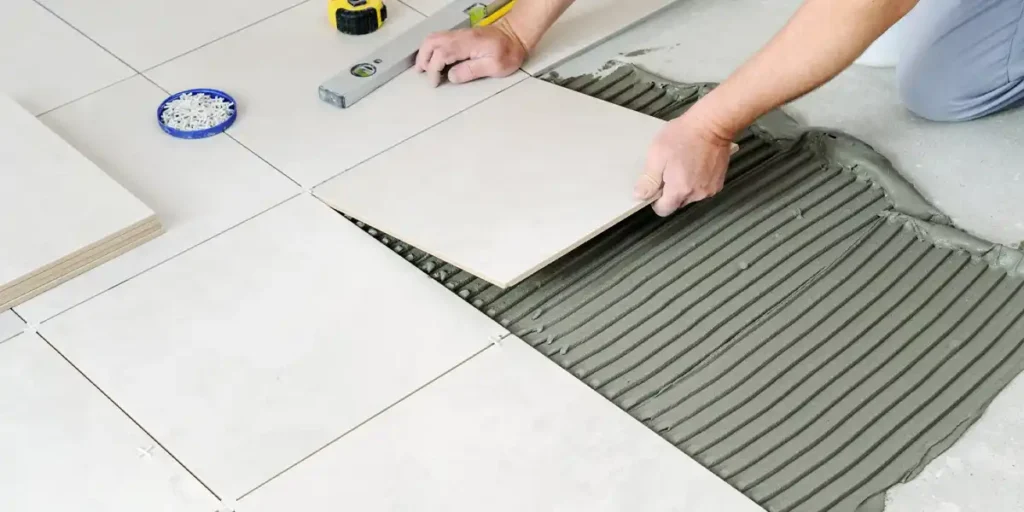Hardwood floors are an elegant addition to any home, but paint spills can make them look anything but. Whether you’re painting walls, furniture, or a masterpiece, a stray splash can cause instant panic.
Rest assured, there’s no need to fret. With the proper methods and tools, you can clean paint off hardwood floors without leaving a trace.
From fresh spills to stubborn dried paint, this guide offers detailed steps to restore your floors while preserving their natural beauty.
Assessing the Damage: What Kind of Paint is It?
Before you start scrubbing, identify the type of paint. This determines the most effective removal technique and minimizes the risk of damaging your floor.
Water-Based Paint (Latex)
Easy to remove when wet, requiring minimal effort and gentle cleaning solutions.
Oil-Based Paint
More stubborn, often needing solvents or scrapers to lift the dried material without harming the wood,
Dried Paint
The longer the paint sits, the harder it becomes to remove, often necessitating advanced methods like chemical solutions or heat treatments.
Understanding the type of paint helps tailor your approach for optimal results.
Method 1: The Gentle Approach (For Fresh Spills)
Acting quickly on fresh spills is crucial. Here’s how to handle wet paint effectively:
Blot, Don’t Rub
Use a soft cloth or paper towel to blot the spill gently. Rubbing spreads the paint and embeds it deeper into the wood grain.
Add Warm Water
Dampen the cloth with warm water and lightly press it against the spill to loosen the paint. Avoid saturating the floor.
Repeat as Needed
Continue blotting until the paint is completely removed.
This method works best for water-based paints and ensures the floor’s finish remains intact.
Method 2: The Scrape and Wipe
For paint that has started to dry, a plastic scraper can save the day.
Choose the Right Tool:
Use a plastic scraper or a putty knife to prevent scratches. Avoid metal scrapers unless they are specifically designed for delicate surfaces.
Scrape Gently:
Hold the scraper at a shallow angle and slowly lift the paint. Work in small sections to maintain control.
Clean the Residue:
Wipe away loosened paint with a damp microfiber cloth, ensuring no debris is left behind. Patience is key with this method, as rushing can harm the wood’s finish.
Method 3: The Chemical Assist
For stubborn oil-based paints or dried spills, a chemical remover may be necessary. Follow these steps carefully:
Select a Product
Choose a hardwood-safe paint remover or mineral spirits. Avoid harsh chemicals that can damage the finish.
Test First
Apply a small amount to an inconspicuous area to ensure compatibility with your flooring.
Apply and Wait
Use a cloth to apply the solution to the paint. Let it sit for a few minutes to soften the paint.
Remove the Paint
Gently scrape or wipe away the softened paint using a cloth or plastic scraper.
Clean Thoroughly
Wipe the area with a damp cloth to remove any chemical residue.
Always ensure proper ventilation when working with chemicals and wear gloves to protect your hands.
Method 4: The Heat Treatment (Use with Caution)
Heat can soften dried paint, making it easier to remove. This method requires caution to prevent damaging the wood.
Prepare the Area
Use a hairdryer or heat gun on a low setting to direct heat at the paint.
Apply Heat Gradually
Heat the paint for a few seconds at a time. Overheating can damage the floor’s finish or cause discoloration.
Scrape Carefully
Once the paint softens, gently scrape it away with a plastic scraper.
Clean Residue
Wipe the area with a damp cloth to remove any remaining paint or residue.
Heat is effective but should always be a last resort due to the potential risks involved.
Prevention is Key: Protecting Your Hardwood Floors During Painting Projects
The best way to deal with paint spills is to prevent them from happening in the first place. Follow these tips for foolproof floor protection:
Use Drop Cloths:
Cover your floors with heavy-duty drop cloths or plastic sheets. Ensure they’re securely taped around the edges.
Tape Liberally:
Apply painter’s tape along the baseboards and edges of the room to catch stray drips.
Keep Cleanup Supplies Handy:
Have a damp cloth or sponge within reach to address minor drips immediately.
Be Mindful of Foot Traffic:
Limit movement in the painting area to reduce the risk of accidental spills.
Proper preparation can save hours of cleanup and prevent potential damage to your floors.
The Final Verdict
Removing paint from hardwood floors can be daunting, but with the right techniques, it’s entirely manageable. From quick blotting of fresh spills to tackling stubborn dried paint with chemical solutions or heat, these methods are designed to preserve your floor’s beauty.
Prevention, of course, remains the best approach cover your floors carefully and keep cleanup tools nearby during any painting project.
By following this guide, you can handle paint spills like a pro, ensuring your hardwood floors stay pristine and elegant for years to come.
Keep your hardwood floors looking pristine with professional care from Cardenas Flooring. From tackling water damage to routine maintenance, we’re here to help. Reach out to us now for reliable, high-quality flooring solutions.
FAQs
Can I use a razor blade to remove dried paint from hardwood floors?
While a razor blade can help remove dried paint, it’s not recommended for hardwood floors due to the high risk of scratching the surface. Instead, use a plastic scraper or a putty knife held at a shallow angle to avoid damage. Always proceed gently and consider softening the paint with warm water or a chemical solution first for easier removal.
What’s the best way to remove paint from hardwood floors without chemicals?
For fresh spills or small dried spots, start with a damp cloth or a mixture of warm water and mild dish soap. For stubborn paint, use a plastic scraper or apply heat with a hairdryer to soften the paint before gently scraping. Always avoid abrasive tools to protect the wood’s finish.
How do I remove paint from hardwood floors without damaging the finish?
Start with gentle methods, such as blotting with a damp cloth or using a plastic scraper for dried paint. Test chemical solutions like mineral spirits in an inconspicuous area to ensure they won’t harm the finish. Avoid harsh scrubbing or excessive heat, as these can damage the wood or its protective layer.
What should I do if paint has seeped into the wood grain?
If paint has penetrated the wood grain, you may need to sand the affected area carefully and refinish it. Use fine-grit sandpaper to minimize damage, and consider applying a matching wood stain or protective coating afterward. For significant damage, consult a flooring professional to restore the surface effectively.
Are there eco-friendly methods to remove paint from hardwood floors?
Yes, eco-friendly methods include using warm water and vinegar or a plant-based paint remover. These options are safer for the environment and reduce chemical exposure. Always test any solution in a small, inconspicuous area to ensure it doesn’t damage the wood finish. For stubborn paint, combine eco-friendly products with gentle scraping tools.




